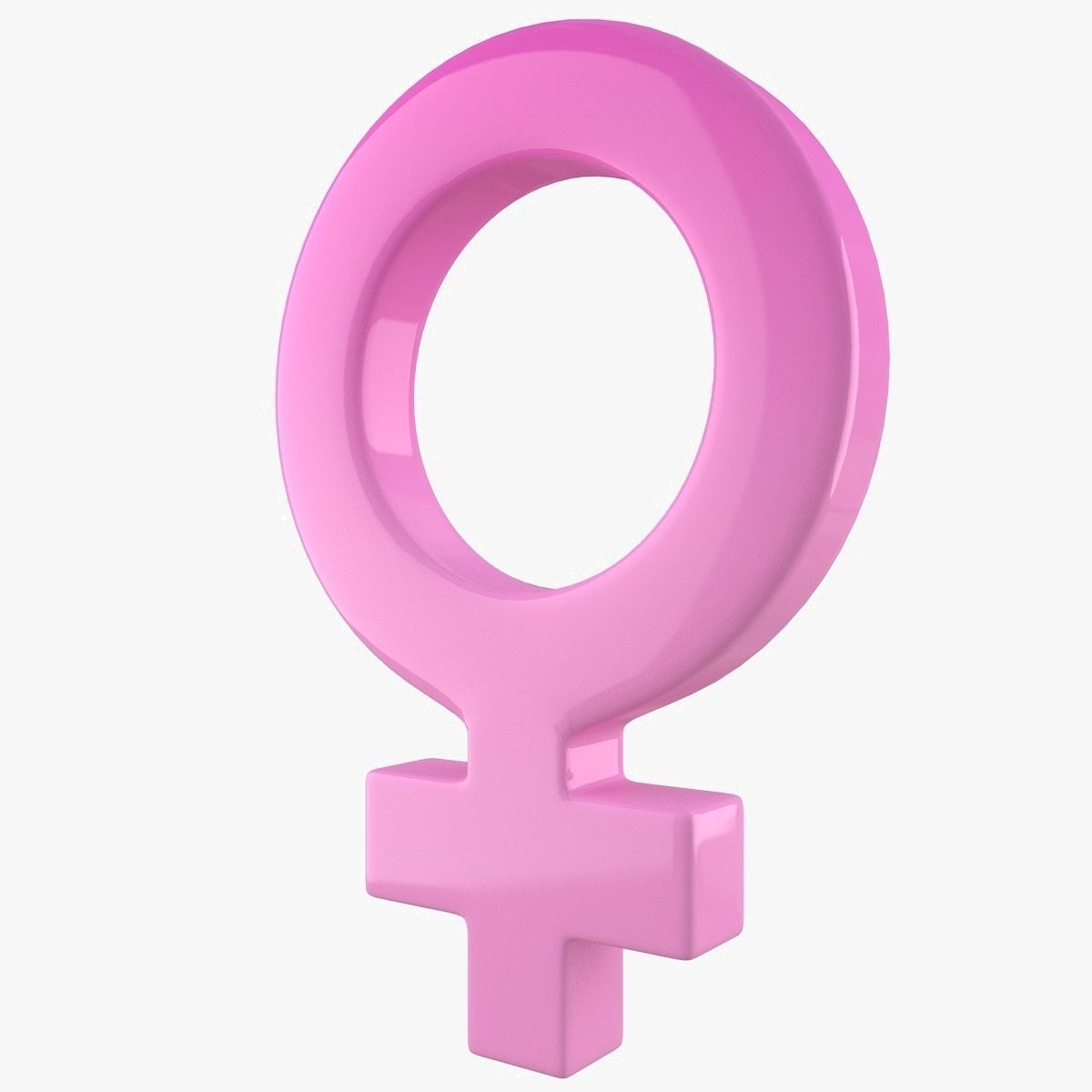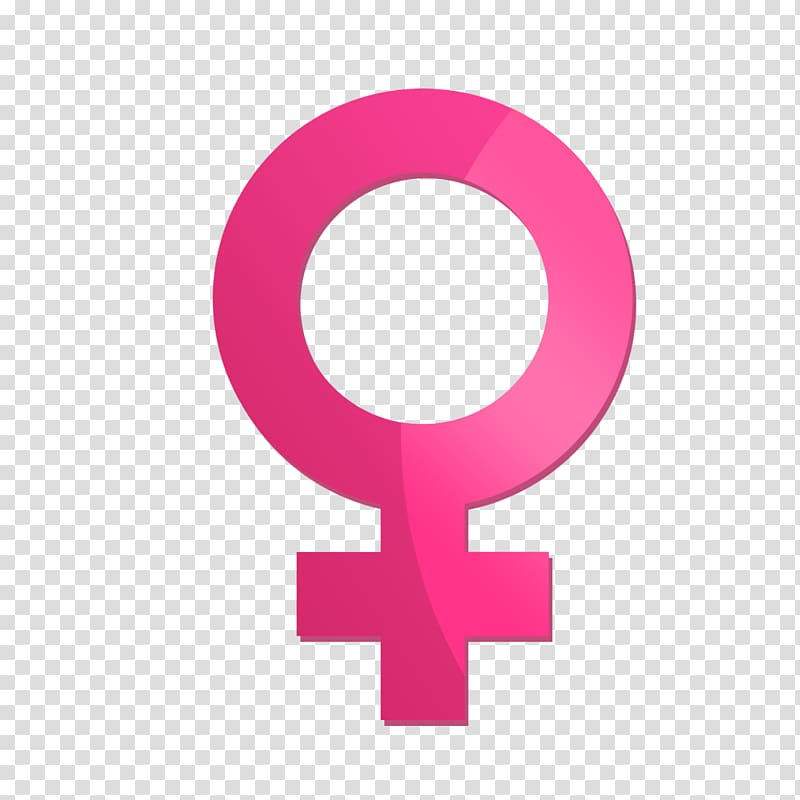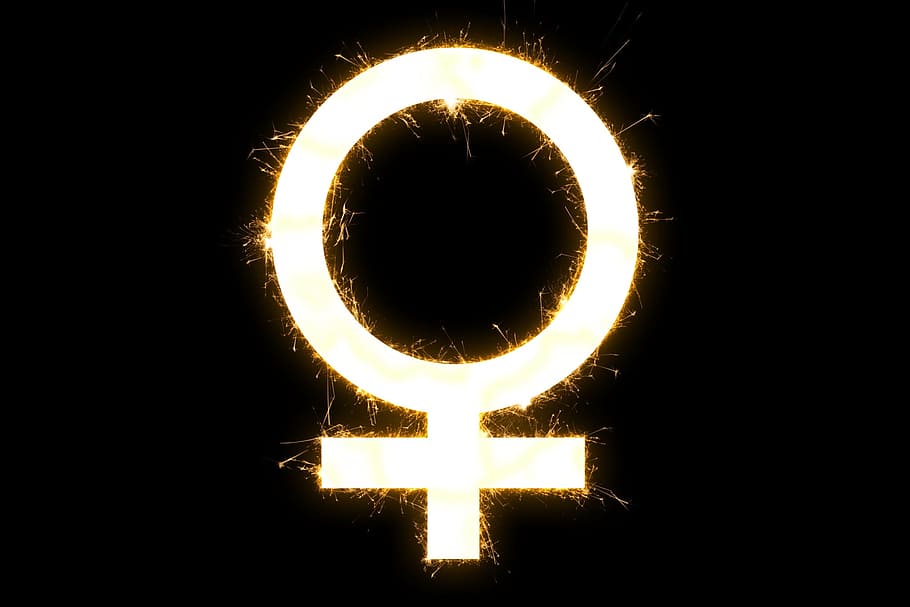

It is a strategy for making women’s as well as men’s concerns and experiences an integral dimension in the design, implementation, monitoring and evaluation of policies and programmes in all political, economic and social spheres, such that inequality between men and women is not perpetuated. the process of assessing the implications for women and men of any planned action, including legislation, policies or programmes, in any area and at all levels.

The concept recognizes that women and men have different needs and power, and that these differences should be identified and addressed in a manner that rectifies the imbalance between the sexes.Ī United Nations Economic and Social Council (ECOSOC) resolution defines gender mainstreaming as: Gender equity refers to the fairness and justice in the distribution of benefits and responsibilities between women and men. Gender equality is the absence of discrimination on the basis of a person's sex in opportunities, the allocation of resources and benefits, or access to services. It also reveals health risks and problems which men face as a result of the social construction of their roles.

Gender analysis in health often highlights how inequalities disadvantage women's health, the constraints women face to attain health and ways to address and overcome these. The way power is distributed in most societies means that women have less access to and control over resources to protect their health, and are less likely to take part in decision-making. Gender analysis identifies, analyses and informs action to address inequalities that arise from the different roles of women and men, or the unequal power relations between them, and the consequences of these inequalities on their lives, their health and well-being. The WHO gender policy 2002 defines the terms below. This learned behaviour makes up gender identity and determines gender roles. People are born female or male, but learn to be girls and boys who grow into women and men. Gender is used to describe the characteristics of women and men that are socially constructed, while sex refers to those that are biologically determined.


 0 kommentar(er)
0 kommentar(er)
